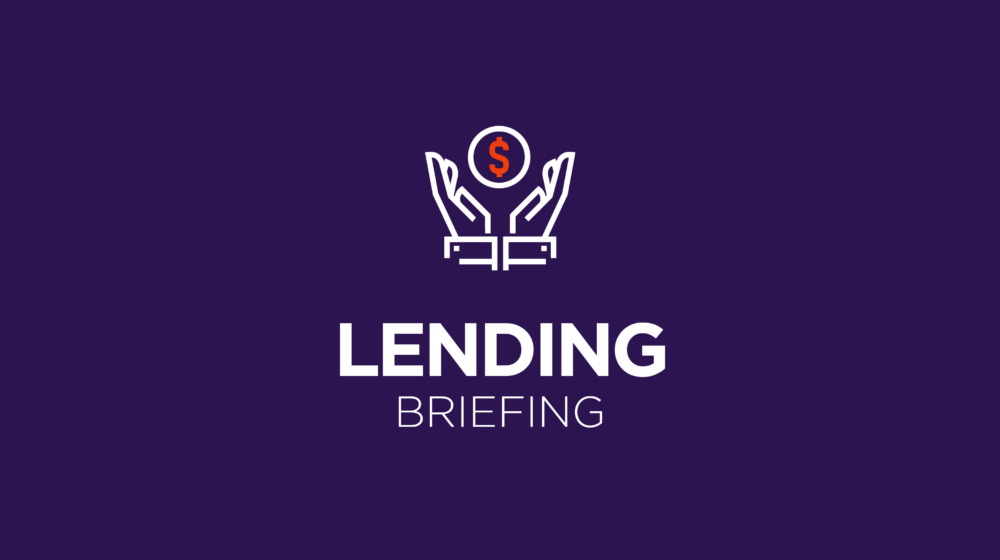Member Exclusive, Online Lenders
Lending Briefing: Upgrade CEO Renaud Laplanche on fintech lending in a tight market
- Today, there's less demand for consumer loans, and lenders are tightening their credit books. The 'cautious approach' narrative prevails in many interviews and conference calls.
- I sat down with Renaud Laplanche, CEO at Upgrade, one of the main direct-to-consumer fintech lenders in the US. We discussed the macro environment, and how he designed Upgrade's business model in a way that is proving resilient during these turbulent times.








